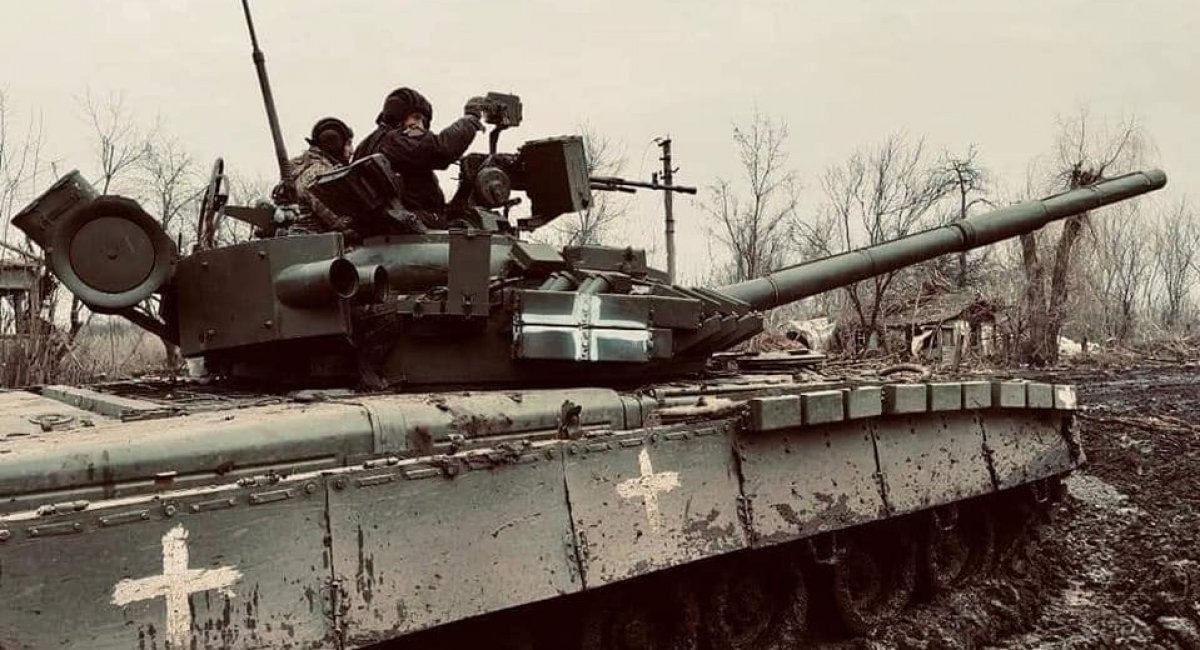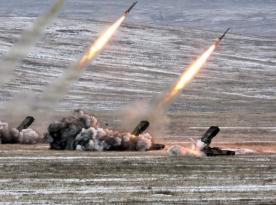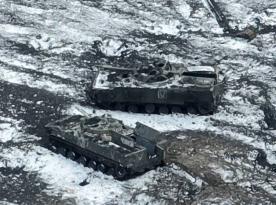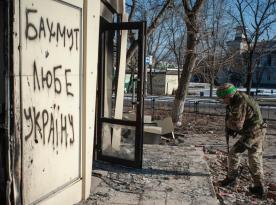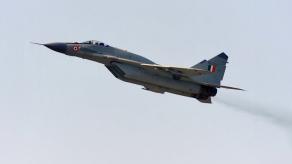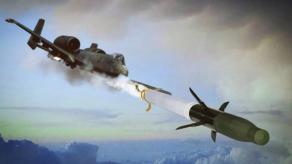Western mass media wrote about the defeat of the russian invaders near Vuhledar in early February of this year as "the biggest tank defeat since the Second World War." The mass media called the use of Remote Anti-Armor Mine System (RAAM) projectiles by the Ukrainian side for the remote placement of anti-tank mines as the most important guarantee of success.
But the Polish portal Defence24 writes that the defeat of the russians near Vuhledar was actually the result of the flexible defensive actions of the Ukrainian military and the result of successful improvisations. This is despite the fact that the enemy tried to act "by the book" and modify the tactics of his "fiery fist". Even if not all of the following details are true, all of this deserves attention as an attempt to reconstruct another success of the Armed Forces of Ukraine.
Read more: Ukraine’s Ground Forces Commander Says Defense Forces Aware of Enemy’s Plans in Bakhmut Front
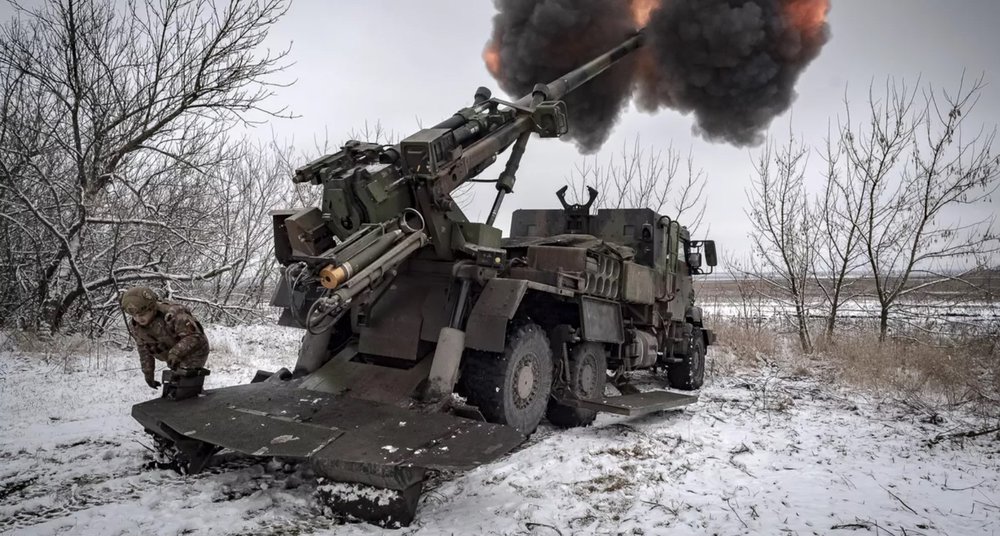
As Defence24 clarifies, as part of the preparation for an assault on the positions of Ukrainian troops near Vuhledar, the russian army concentrated not only the 155th marine brigade of the Pacific Fleet of the Russian Navy, but also the 40th marine brigade of the same the Pacific Fleet of the Russian Federation, the Cascade terrorist formatio, and the Alga Volunteer battalion, formed by the regional government of Tatarstan as well.
At the same time, in order to manage a large number of "partially mobilized" in these units, there was a "bone" of officers who had "good theoretical training". But, as it turned out, these officers were not capable of making decisions in a dynamic situation. In addition to "frontal attacks" on the positions of the Ukrainian troops, the occupiers also tried to impose contact battles on the Ukrainian units in the suburbs of Vuhledar, looking for a way to bypass the positions of the Armed Forces of Ukraine. But in this matter, the invaders failed.
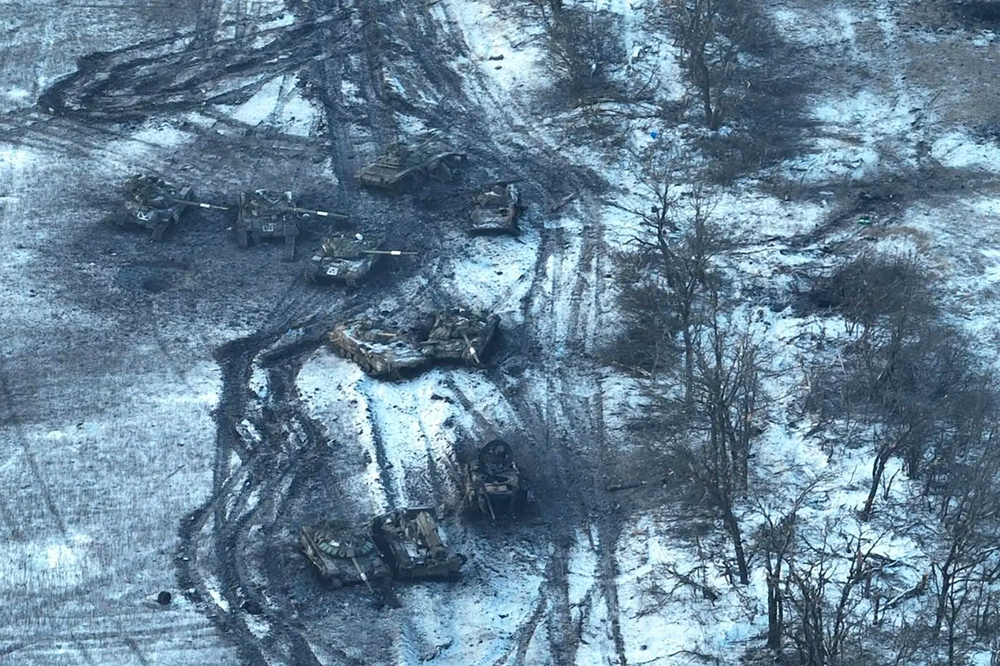
At the same time, the russians received a rather non-standard reinforcement for their "fiery fist" tactics. The regular organizational structure of the marine brigades did not provide for the presence of a significant number of barrel artillery. Instead, the occupiers tried to use their BM-21 Grad MLRS as actively as possible, and shoot from self-propelled TOS-1 Solntsepek heavy flamethrower systems guided by drones. Moreover, even Ka-52 helicopters with the Vyhr guided missiles and Mi-28 helicopters with scarce the LMUR (ЛМУР) air-to-surface missiles were apparently involved to support the actions of Russian troops near Vuhledar.
But this "fiery fist" was not enough to achieve the main task - the destruction of capital structures occupied by the defenders of Ukraine to maintain a stable defense.
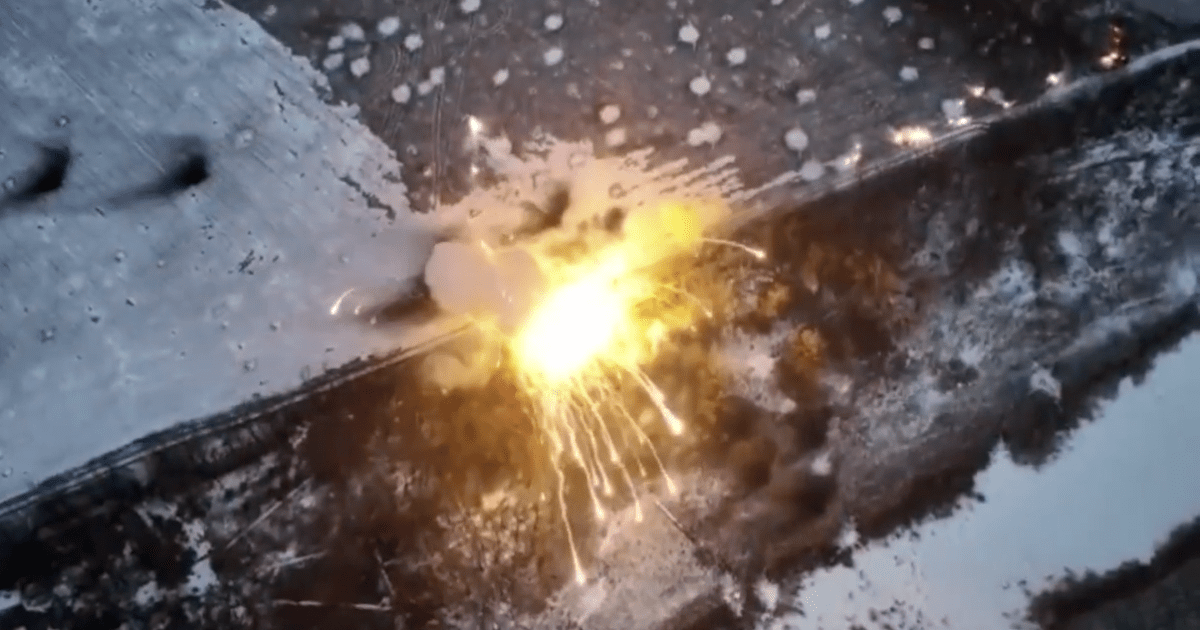
The Russian occupiers showed their "good theoretical training" in that they tried to organize attacks on the positions of Ukrainian troops precisely with the "correction" of the possibility of using RAAM projectiles for remote mine laying.
To overcome the Ukrainian minefields, the Russians tried to act "according to a field manual" - T-80 tanks with mine trawls went forward, they were covered by BMP-3 and infantry, the process was coordinated with the help of a drone - it was a classic attempt to go in a column to storm the positions of Ukrainian troops.
But the Ukrainian military acted flexibly and used not only RAAMs, but classic TM-62 anti-tank mines to mine the approaches to their positions too. The Ukrainian military organized surveillance with a help of UAVs for directing artillery in "real-time mode". That is why Ukrainian artillerymen could constantly conduct aimed fire at the russian armored vehicles, which were massed in the passage through the minefields. When trying to get out of this passage, the russians suffered additional losses, because their tanks and infantry fighting vehicles were blown up by TM-62 anti-tank mines installed by the Ukrainian military.

Perhaps, over time, new details will become known. But even the above can show how skillfully the Ukrainian military acted so that the russians suffered a resounding defeat near Vuhledar.
As Defense Express reported, Ukrainian Ground Forces' Commander Explained the Need to Hold Bakhmut by the Fact That "A Counteroffensive is Just Around the Corner". We also wrote, that Oleksandr Syrskyi Said Ukraine’s Forces Were Shrinking Enemy's Offensive Potential in Battle of Bakhmut.
Read more: Defense Express’ Weekly Review: russian Izdelye 504AP Missile, the Yenisei Armored Train and Mysterious New Ukrainian Kamikaze Drone




